Tributes paid to Professor Walter Hayman at the launch of his last book
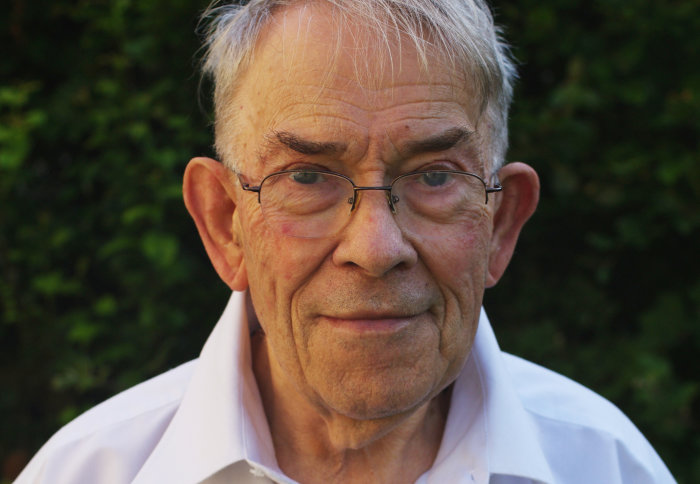
The life of Walter Hayman was celebrated at Imperial recently as a new edition of his agenda-setting book was published, 52 years after the original.
Professor Walter Hayman passed away on 1 January 2020 at the age of 93, but not before publishing an updated version of his most influential book.
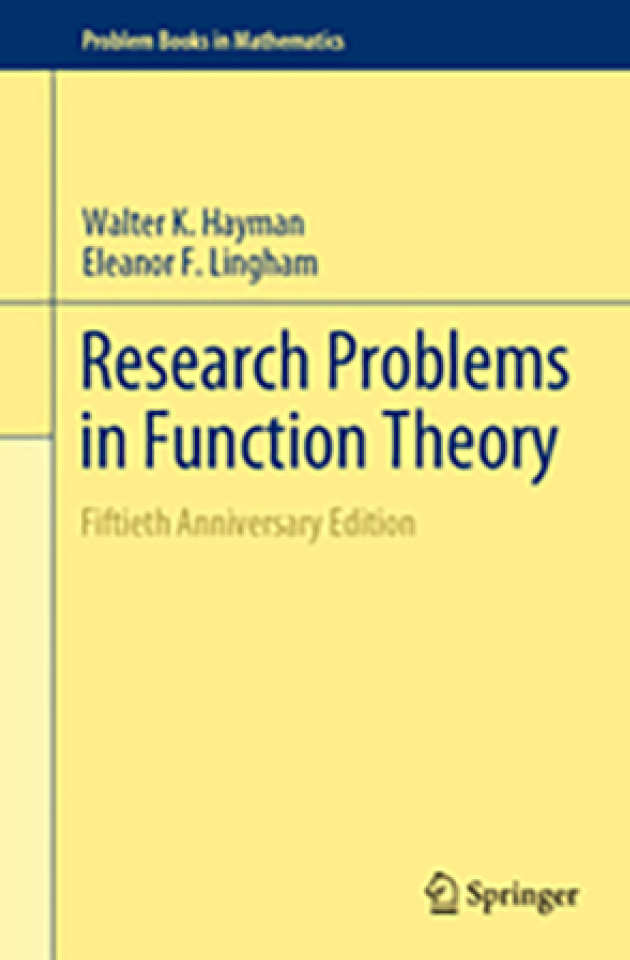 Research Problems in Function Theory was first published in 1967, and contained 141 open problems in the mathematical field of functions. Problems were added over the years in what became known as ‘Hayman’s List’; a resource that drove many new research directions in the field. The new edition lists more than 500 problems.
Research Problems in Function Theory was first published in 1967, and contained 141 open problems in the mathematical field of functions. Problems were added over the years in what became known as ‘Hayman’s List’; a resource that drove many new research directions in the field. The new edition lists more than 500 problems.
Professor Hayman was made the first Professor of Pure Mathematics at Imperial at 1956, retaining an Emeritus Professor position at the College following his retirement.
Current Head of the Department of Mathematics, Professor David van Dyk, said: “Walter was an enthusiastic and highly dependable member of the Department of Mathematics for over 50 years. His legacy at Imperial will always be our Section on Pure Mathematics. When Walter arrived at Imperial we had no Pure Section, now it is one of the strongest in the world – and much thanks for this goes to Walter.”
Friends, colleagues and those who knew Professor Hayman gathered earlier this month at Imperial to celebrate his book and reminisce about his life and work. We caught up with his co-author of the latest edition Dr Eleanor Lingham, a Senior Lecturer in Mathematics at Sheffield Hallam University, and his daughter Carolyn Hayman.
One of the last mathematical greats
In 2017 Dr Lingham had returned to maths research after several years raising a family and was looking for a new problem to tackle in function theory. Needing inspiration, she turned to Google and found Hayman’s List.
He was one of the last mathematical greats. It was a privilege and an honour to work with him. Dr Eleanor Lingham
She bought a copy of the original book second-hand and was delighted by the classical nature of the problems inside. She thought that it was a shame how many people were missing out on knowing about it, so approached Professor Hayman with the idea of creating a new edition.
He accepted, and together they contacted the international mathematics community, and compiled all the various research updates to the problems on the list. They also sought new additions from complex analysts worldwide, and were supported in their work by the German mathematical institute Mathematisches Forschungsinstitut Oberwolfach and the London Mathematical Society.
Altogether the new edition contains some 550 problems, of which Dr Lingham estimates a half are yet to be solved, a third are fully solved and the rest have partial solutions.
These problems may keep function theorists going for the next 50 years. But Hayman’s List is not just about finding problems to work on; Dr Lingham says it’s also a great resource for finding potential collaborators. One problem sent into her caught her eye and she suggested working with the contributor, who was a researcher in the US she would never have come across otherwise.
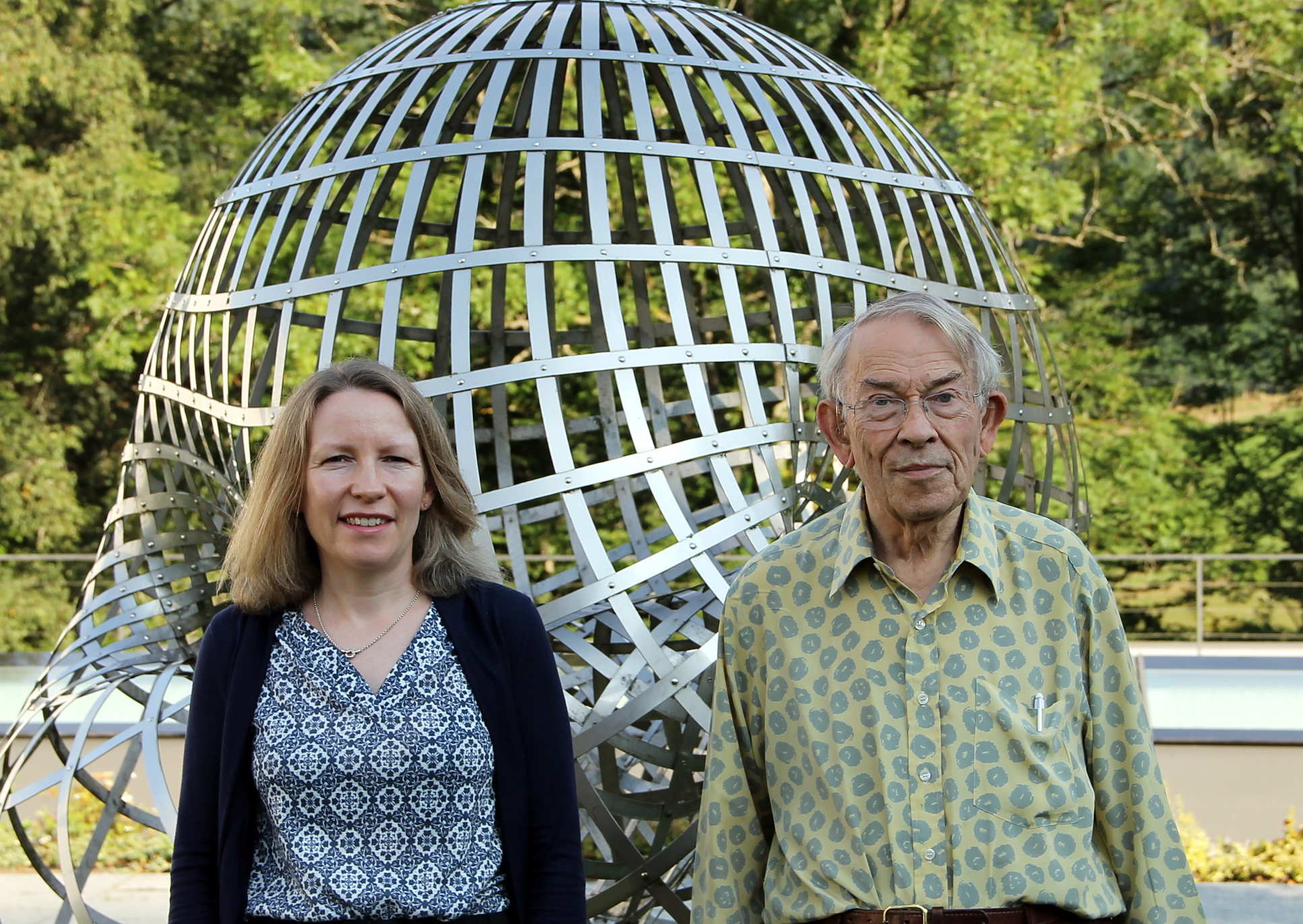
Dr Lingham described Professor Hayman as a “formidable mathematician, who was very generous with his time and good at treating everyone equally.”
She added: “He was one of the last mathematical greats. Mathematics is so specialised now – everyone just works in their own areas – whereas Walter was one of the last whose name is known across quite a few areas of maths. It was a privilege and an honour to work with him.”
Maths problems at the breakfast table
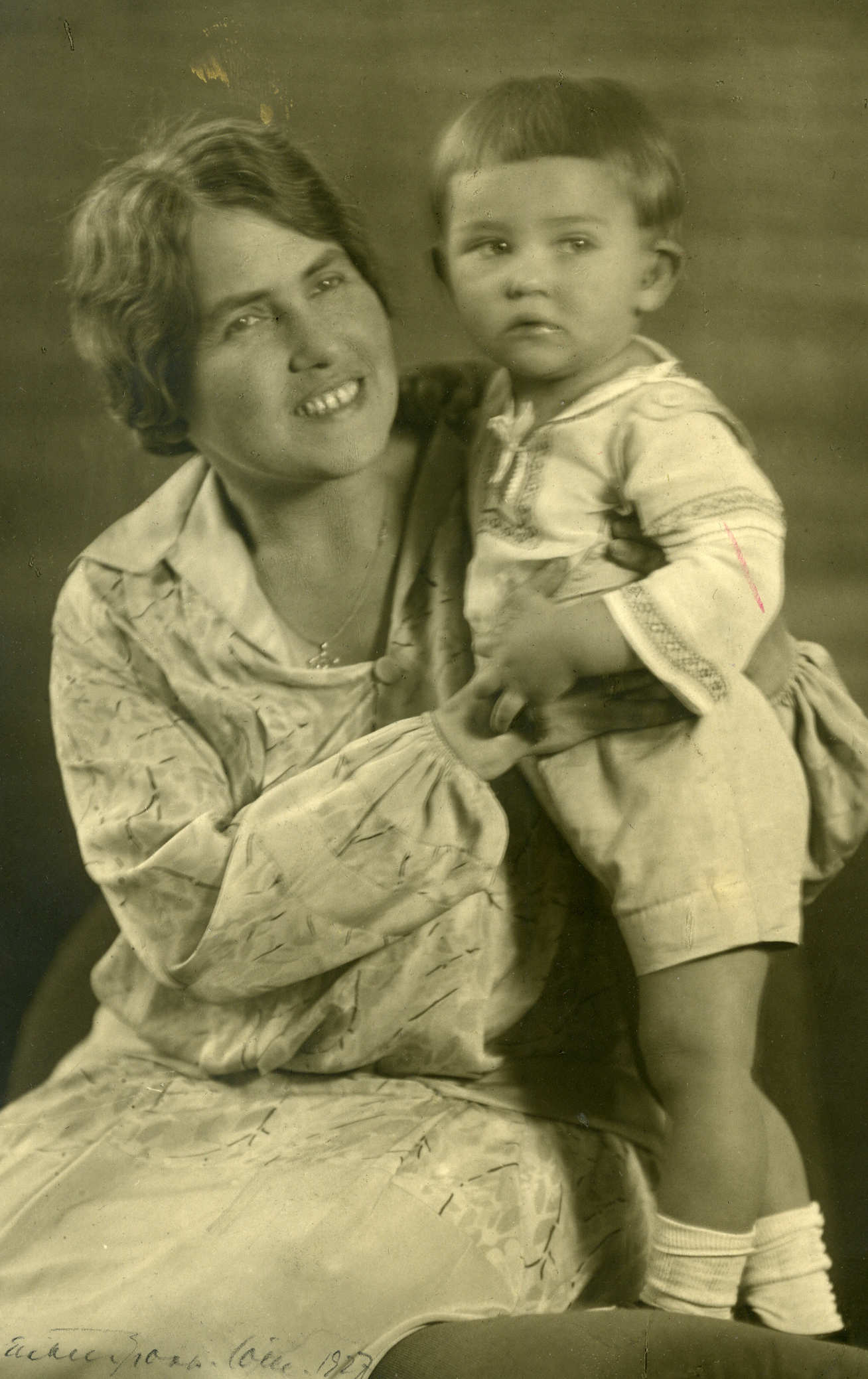
Professor Hayman was born in 1926 in Cologne, Germany. He was 10 years younger than his next-youngest sibling, leading to speculation among his parents’ friends that he was an accident, but according to him the family was having a quiet Christmas that they considered a little too quiet, and decided to have another baby to liven things up.
This is one of the happier stories he recounted from his family in Germany, according to his daughter Carolyn Hayman. When his cousins joined the Hitler Youth and stopped playing with him, he learnt his family was Jewish and what that meant in 1930s Germany.
After his brother’s suicide in the mid-1930s, his relatives found the money to send Walter to the Gordonstoun School in Scotland. Staying with his sponsor over Christmas, he convinced her to invite his parents to the country, securing them a visa with some difficulty and saving them from deportation to a concentration camp.
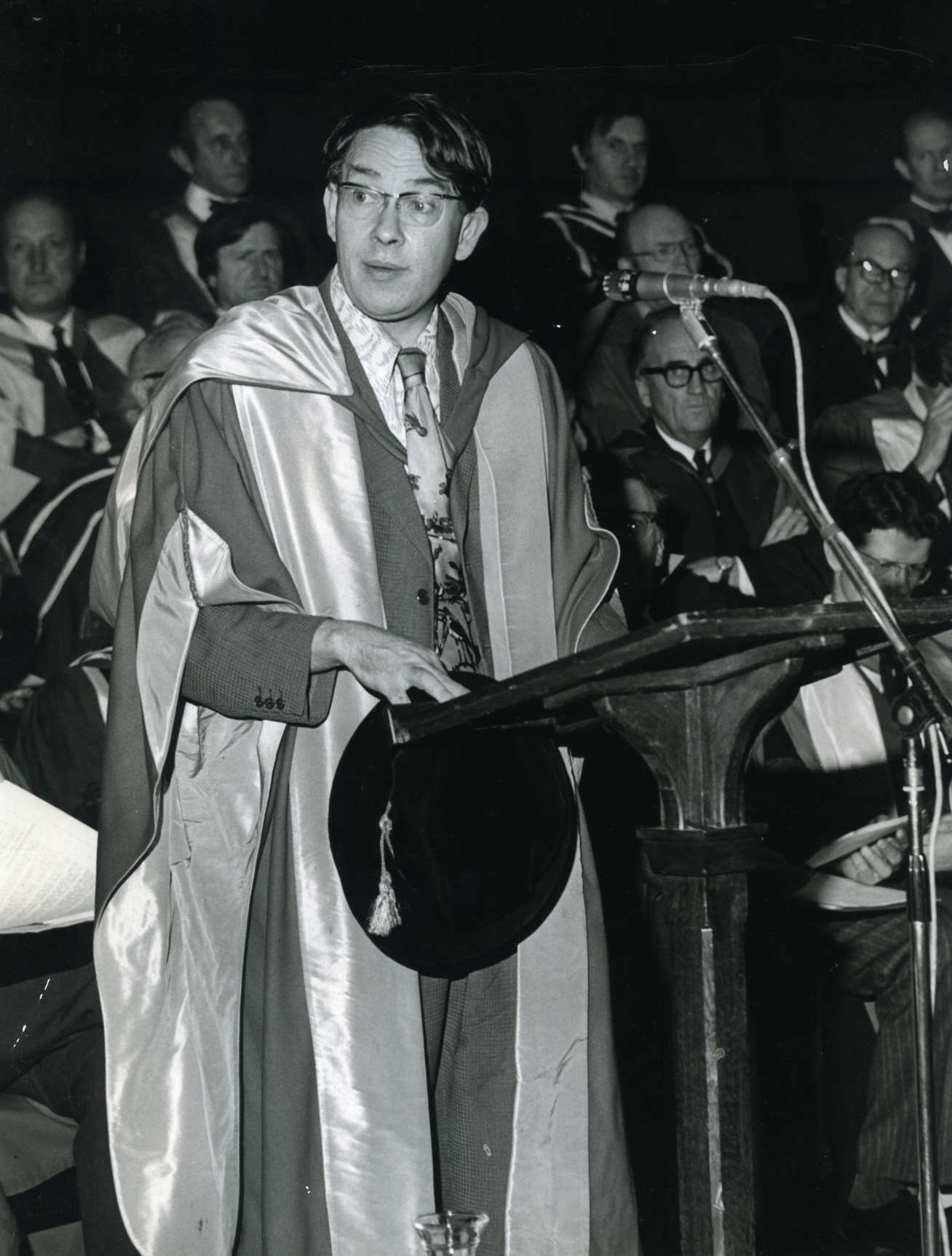
Professor Hayman’s talents were nurtured at Gordonstoun and he quickly progressed to study mathematics at the University of Cambridge, completing his first degree in record time. Afterwards, keen to start earning money and marry, he took his first academic job at Newcastle, where he looked so young he was mistaken for a student.
He was elected a Fellow of the Royal Society in 1956, the same year he came to Imperial after convincing the Rector at the time that they needed a Chair in Pure Mathematics. He was Dean of the Royal College of Science (now the Faculty of Natural Sciences) from 1978-1981, and on his death was the second-most senior Fellow of the Royal Society.
He treated everyone, regardless of status, as equals, and one of the many ways that he helped young mathematicians to progress was by organising the washing up rota after seminars so that a student was paired with a faculty member.
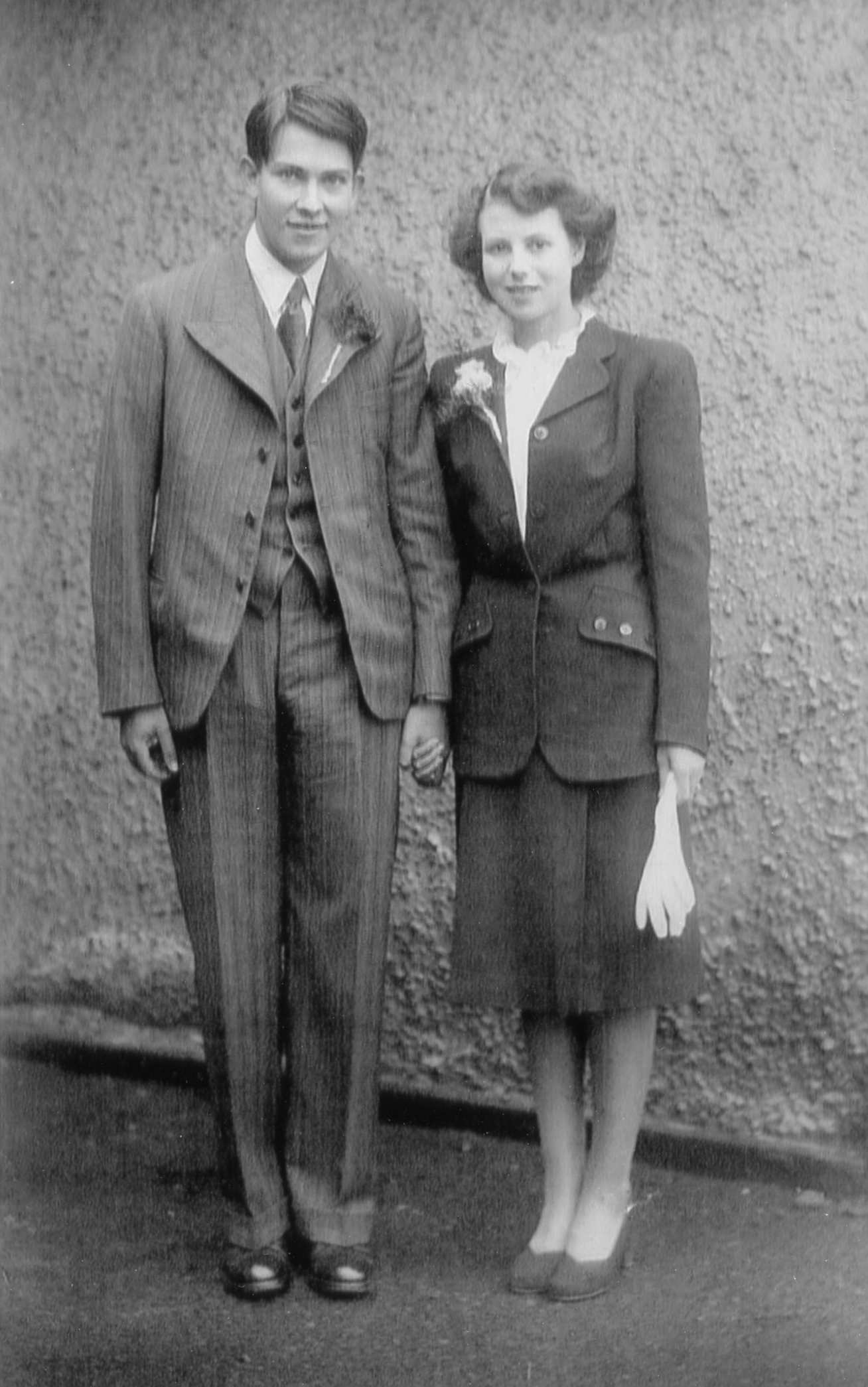
He was known for keeping his lectures light, with a famous sense of humour that plays into the story of how he met his wife, Margaret Crann. At a Quaker meeting at Cambridge he made a pun, for which she rewarded him by hitting him on the nose with a stick of celery.
Margaret was a maths teacher and educationalist, author of what became the standard textbooks for maths O-Level, and together they founded the British Mathematical Olympiad, a move that brought western countries into the International Mathematical Olympiad.
His contribution to British society as a refugee was recognised in 2016, with a temporary plaque at Imperial from the Joint Council for the Welfare of Immigrants.
Carolyn remembers her parents discussing maths problems over the breakfast table, and visiting her father’s office at Imperial and writing in chalk all over the blackboards.
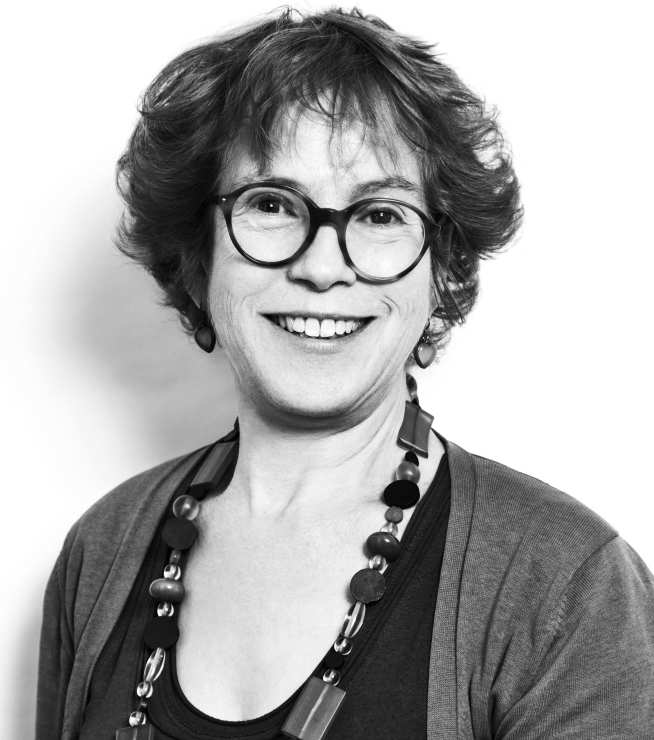
Her fondest memory, however, is attending a large maths conference with her parents in Moscow when she was 15.
Not many attendees had brought their families, so she found herself at the conference banquet next to a mathematician who claimed to be able to lift a grand piano on his back.
People were making various toasts, and as she recalls: “My father said, ‘I am toasting my three daughters because of all my results, these are the ones I’m most proud of’.”
Article text (excluding photos or graphics) © Imperial College London.
Photos and graphics subject to third party copyright used with permission or © Imperial College London.
Reporter
Hayley Dunning
Communications Division